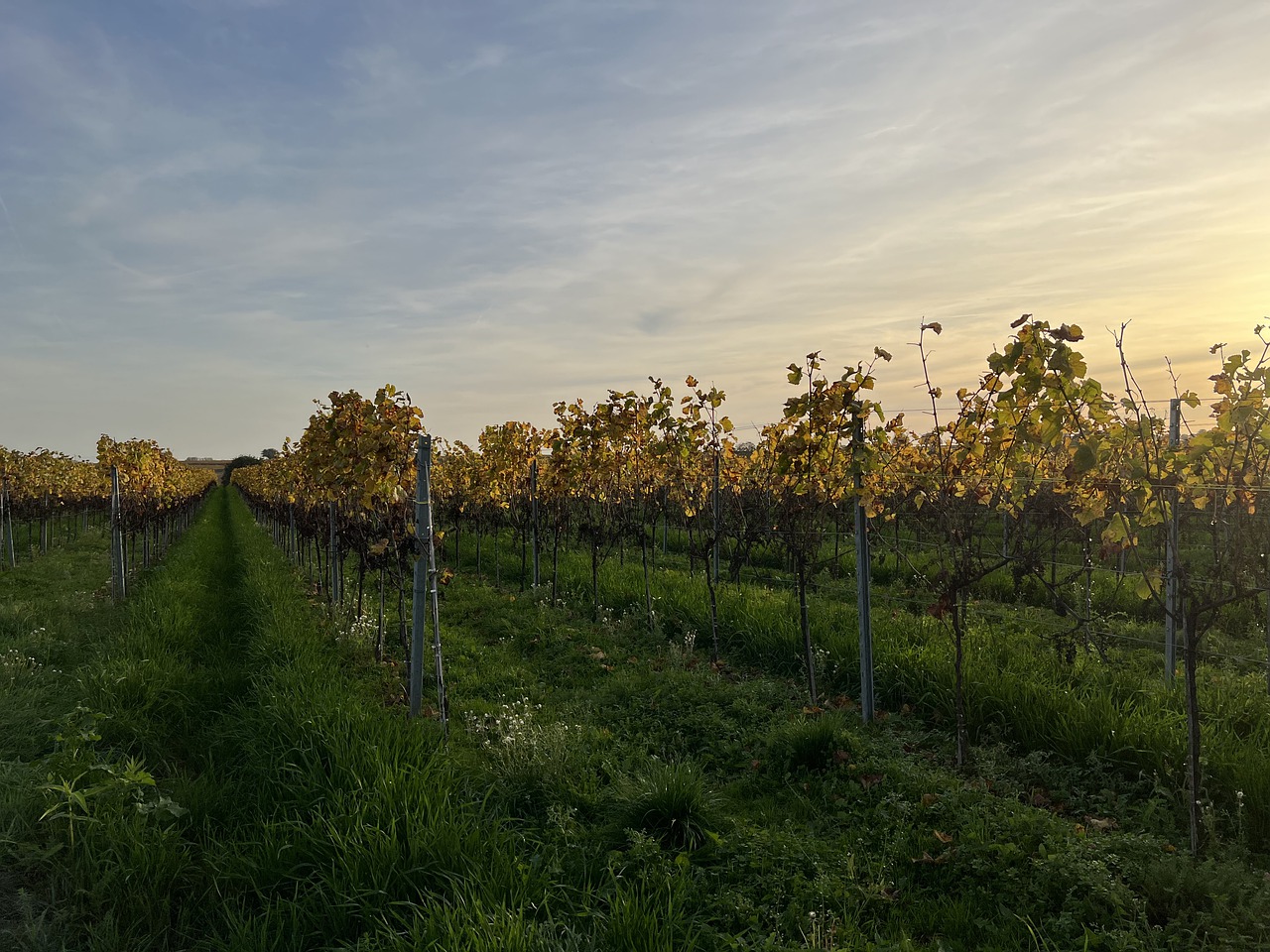
Investing in a vineyard can be an attractive opportunity for wine enthusiasts and investors looking for an alternative investment. However, before embarking on the purchase of a vineyard, it is crucial to understand the various aspects that influence its profitability.
Let's take a closer look at the key factors that determine a vineyard's return on investment.
A vineyard's yield is one of the most important indicators of its profitability. In France, the average yield from one hectare of vines is around 57 hectolitres, equivalent to around 7,600 75cl bottles. However, this figure can vary considerably depending on a number of factors.

The return on an investment in a vineyard generally varies between 1.5% and 3% a year. This may seem a modest rate of return compared with other investments, but there are a number of factors that make investing in a vineyard potentially worthwhile.
A vineyard's income comes mainly from two sources:
One of the major advantages of investing in a vineyard is the potential long-term increase in the value of the land. The price of wine-growing land, particularly in prestigious regions such as Burgundy or Champagne, tends to rise over time.
Managing a vineyard is an agricultural activity with all the specific features of agricultural taxation.
Investing in a vineyard benefits from significant tax advantages that can improve overall profitability.
Shares in Groupement Foncier Viticole (GFV) are exempt from Impôt sur la Fortune Immobilière (IFI) at a rate of 75% up to €101,897 and 50% thereafter, provided that the land is leased on a long-term basis.
They are fully exempt from IFI if they form part of the taxpayer's business assets.
In the event of inheritance, shares in a GFV are exempt from inheritance tax to the extent of 75% up to €300,000 in capital and 50% above that amount, subject to certain conditions (in particular, the leasing of vines under a long-term lease).
This allowance also applies to vines owned and leased under a long-term lease.
For investors who do not have the capital to buy an entire estate, the GFV offers an interesting alternative.
A GFV allows individuals to join together to acquire a vineyard. Investors become co-owners of the vineyard and receive income in proportion to their shareholding.
A number of factors can have a significant impact on the profitability of a wine-growing investment.
The prestige of the appellation (AOP, AOC) plays a crucial role in the value of the wine and the land. Major appellations such as Bordeaux, Burgundy and Champagne generally offer better prospects of profitability. The prestige of these appellations makes them very difficult to acquire, because of the budget required and the total confidentiality of the files.
Running a wine château involves significant costs:
The ability to sell the wine produced at a good price is essential. This means :
Although investing in a vineyard can be profitable, it also involves risks that need to be taken into account.
Vines are particularly vulnerable to weather conditions. Frost, hail, drought or disease can seriously affect the harvest and therefore profitability.
The wine market is subject to variations in demand and prices, which can have an impact on an estate's income. The Bordeaux wine market is currently experiencing a crisis that is having a major impact on the value of wine estates. The most prestigious appellations are little or not at all affected by this situation.
Investing in a vineyard is generally considered to be an illiquid investment. Reselling an estate or shares in a GFV can take time.
Investing in a vineyard offers an average return of 1% to 3% a year, with the potential for long-term growth in the value of the land.
The tax advantages and the opportunity to diversify your assets make this an attractive investment for some investors. However, the profitability of a vineyard depends on many factors, including the quality of the terroir, the reputation of the appellation, the management of the estate and market conditions.
It's crucial to study these aspects carefully before taking the plunge. Beyond the financial aspect, investment in a vineyard is often motivated by a passion for wine and the desire to own a tangible and prestigious asset.
For many investors, the pleasure of owning a vineyard and producing their own wine is as important a motivation as the financial return. Ultimately, buying a vineyard should be seen as a long-term investment, requiring a good knowledge of the wine sector and rigorous management to be profitable.